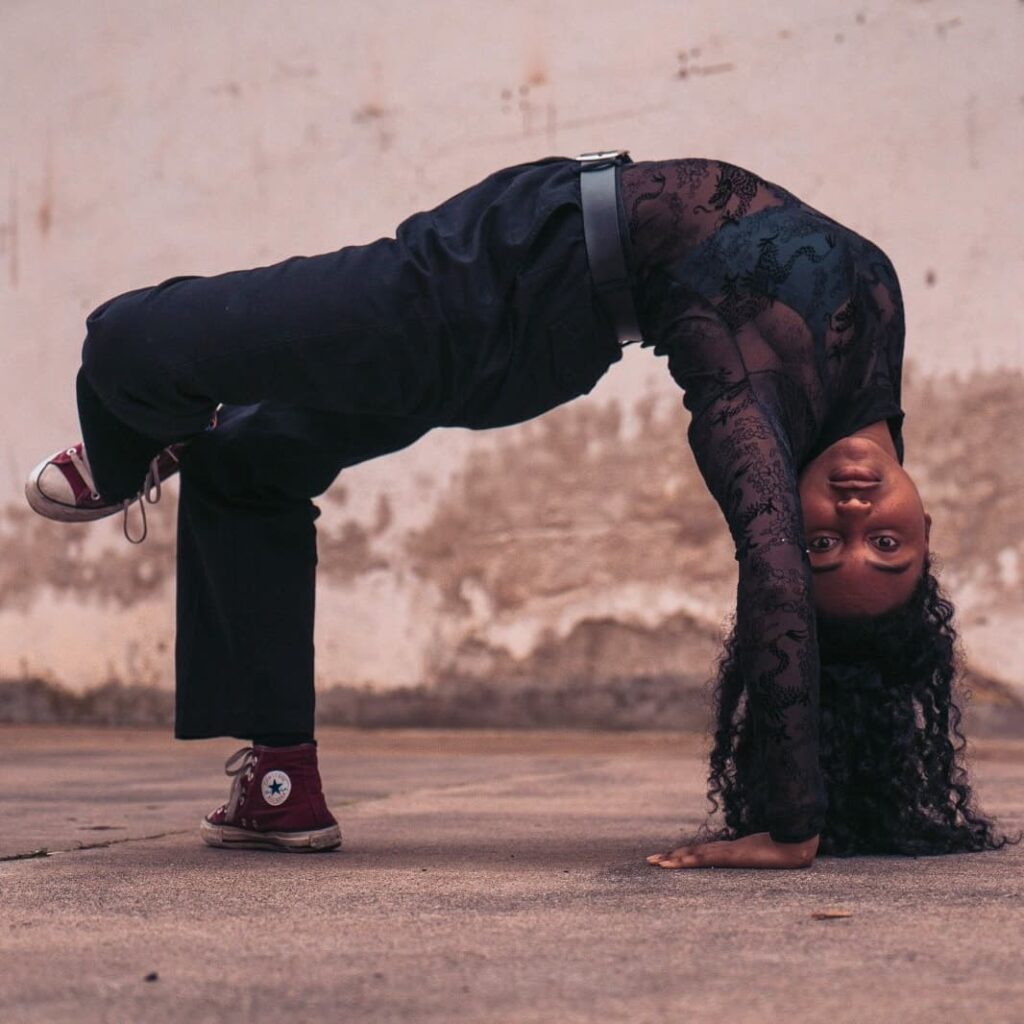
The Leeds Summer Group Show is an annual exhibition started by Courtney Spencer started in 2015. This year she partnered with Leeds Inspired, CuratorSpace and The State Of The Arts to present the 2020 exhibition online in response to the unusual set of circumstances. From almost 400 submissions, the selection panel chose 38 artists to exhibit and awarded six shortlisted artists/collectives with a share of the £600 cash prize and, luckily for our readers, an interview on The State Of The Arts! The artists are: Sarah Roberts, Paris Crossley, Nisa Khan, Katie Bennett-Rice, Alice Chandler and ACCA.
Below is the second in our series of interviews: this time we chatted with Paris Crossley, about motivation, a pandemic work ethic and her earliest sources of inspiration.
What are the main themes running through your work?
The themes always change depending on the topic I explore. Most recently, my work has been centred around otherness and identity, immigration and border control, the understanding of what the vessel I inhabit means to myself and to the onlooker.
The video submission for this particular work was about loss of voice in times of aggravation and frustration. Sometimes I feel I have so much to say but find it very difficult to express it through words so that it matches the essence and energy of what I am feeling in that moment.
Generally, my work is built upon or in response to what is currently happening around me in my immediate sphere and also in my greater secondary sphere.
I am currently working on several projects in partnership with Leeds University. One is exploring the Indian caste system and hip-hop, and another is focusing on the French hip-hop scene and how the government responds to hip-hop arts and the artistic individual.
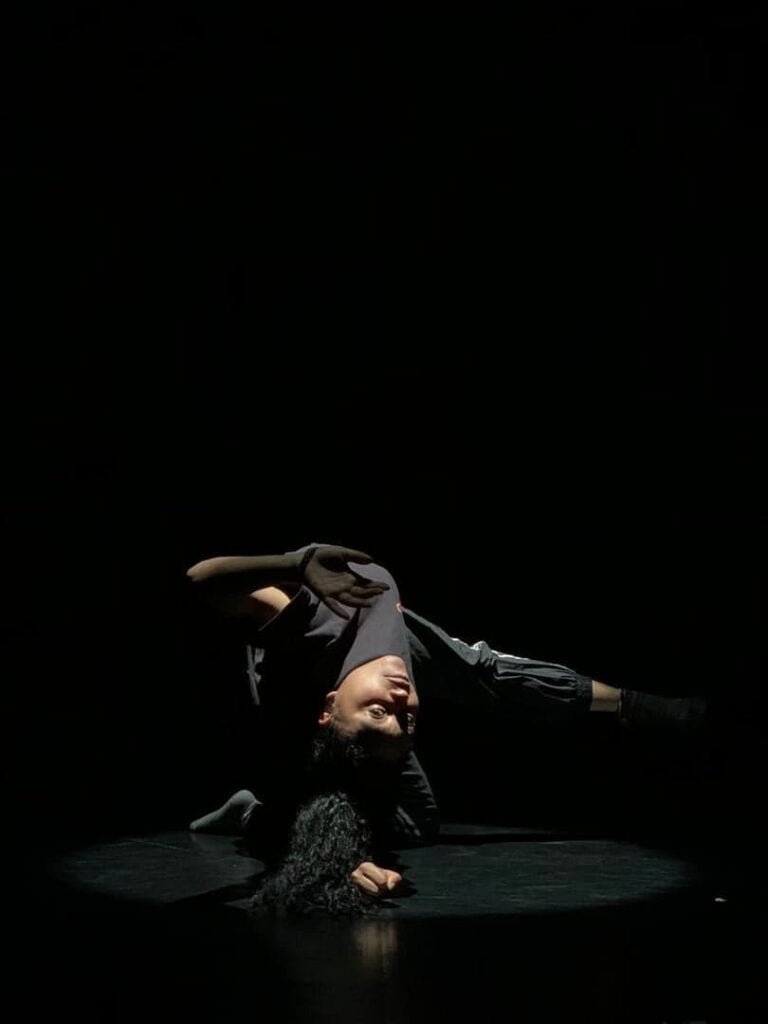
What were the first artworks/ artists/ experiences that made you want to create art yourself?
I have always been drawn to artworks from a very young age as my dad was a musician, he was a classically trained pianist in a band. Naturally, as an artistic person, he took me to many kinds of museums and cultural events growing up. It was a way for him (and me) to gain inspiration and also educate me on the world from a digestible and relatable point of view.
In 2011 I went to Breakin’ Convention at Sadlers Wells and watched Clash 66 by Sebastien Ramirez and Honji Wang. It was the first time I saw a professional movement piece that used contemporary staging and techniques from a hip-hop perspective. In terms of artistic creation, it was powerful, smart, insightful and very well done. It’s a very distinct and unforgettable piece. I wasn’t aware at the time but looking back, I think seeing this piece instigated my path as a movement artist (not just a dancer). I love trying many things, pursuing many things whether that be in movement skill or in different artistic avenues from producing to choreographing and more, because ultimately these many experiences implicitly broaden my movement capabilities and textures, reforming the way I move to move with evolution.
Tell me about the relationship between psychology and movement in your practice.
Psychology has aided how I interact with different kinds of artistic individuals. It’s enabled me to gauge space and energy during creation periods when I am working with others.
For my own personal advantage, it’s helped me understand how to practice efficiently and how to enter different mental zones of performance. It’s helped me analyse and build work in relation to specific topics, fleshing out varied behaviours, textures and opportunities within movement.
If I had to summarise; it has opened my eyes, my soul and my heart.
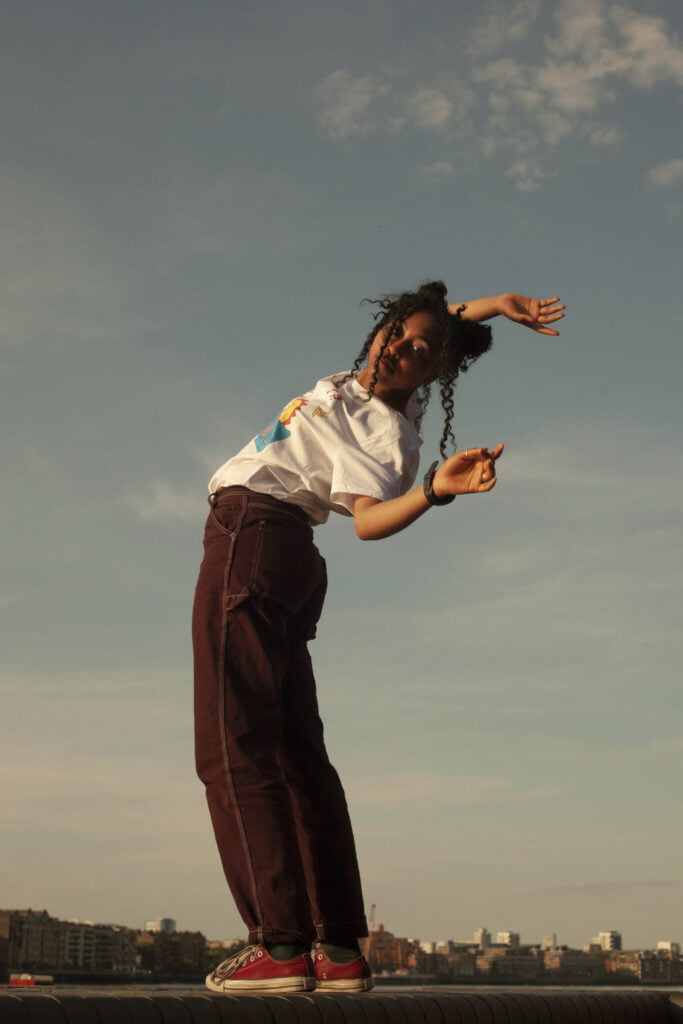
How has art and making accompanied you through the pandemic so far? Has it helped in any way or has your relationship to it changed?
I wouldn’t say it has changed my relationship to it per se, but it has positively reinforced my work ethic even more so than before and before I was still diligent with it.
Throughout the pandemic art was my breathing point and different kinds of art I explored gave me different kinds of breath to continue each day happily and healthily.
It was important to me to continue what I was already habitually doing with my practice but space out my timing throughout each day more and make it more rich and in-depth with research and exploration.
It was also important to me not to build too many new artistic habits that I wouldn’t continue. I aimed to explore them independently away from my usual practice, this was to keep inspiration flowing.
What’s the purpose of art?
The purpose of art is the feel.
The purpose of art is to question.
The purpose of art is to answer.
The purpose of art is to explore.
The purpose of art is to go beyond.
The purpose of art is to express.
The purpose of art is to share.
The purpose of art is to keep.
The purpose of art is to breathe.
The purpose of art is to challenge.
The purpose of art is to represent.
It is simply whatever it needs to be for the individual in that place or time.
What is your main source of inspiration at the moment?
My main source of inspiration is knowing that all things come to an end at some point, so I need to inspire myself by actively surrounding myself with people who are just as or more motivated to pursue their visions. Ultimately, by being around such like minded people many exciting things come my way i.e. collaborations, searching for arts events to go and view or shows to watch.
To summarise, people are my inspiration. I see what I want for myself and I see what I don’t want for myself and that motivates me to continue to where I want to be.
You can find Paris Crossley’s Instagram account here: @parisrhiannecrossley
Filed under: Art & Photography
Tagged with: art, courtney spencer, dance, ethic, leeds summer group show, lockdown, motivation, movement, musican, pandemic, Paris Crossley, people, performance, Soul, work
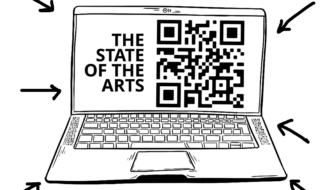
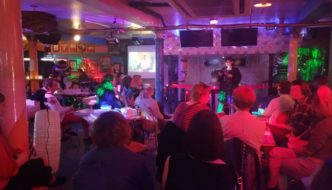
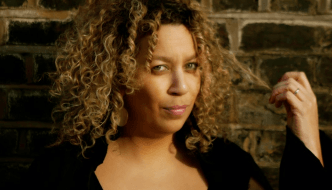
Comments